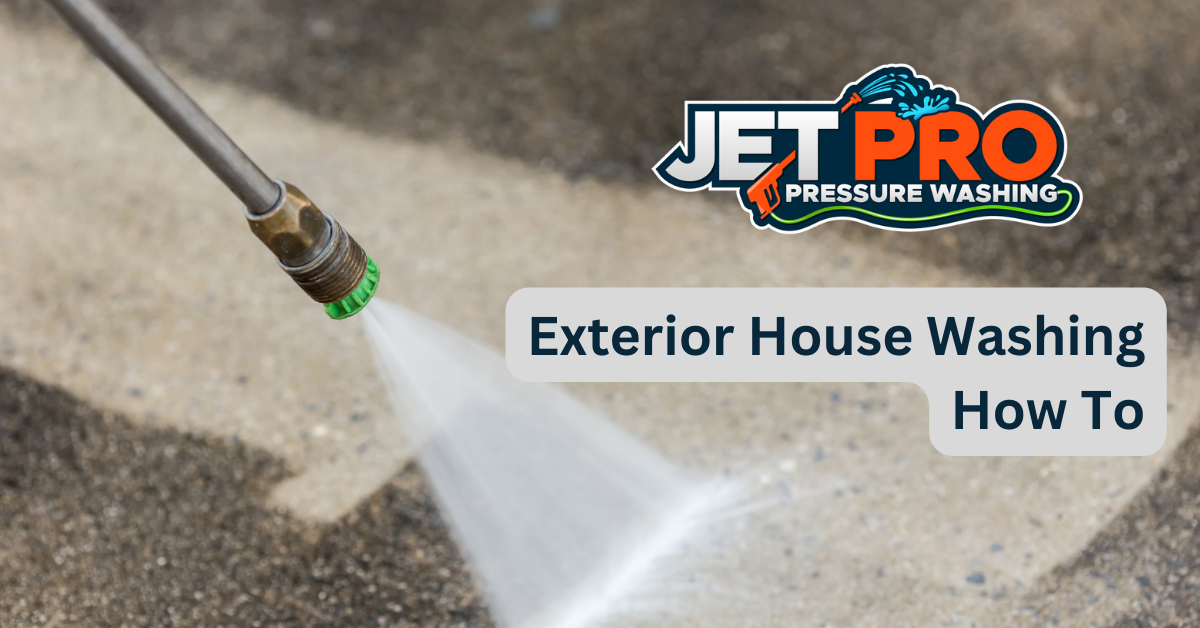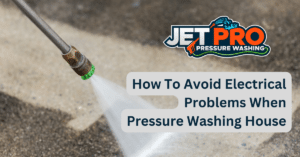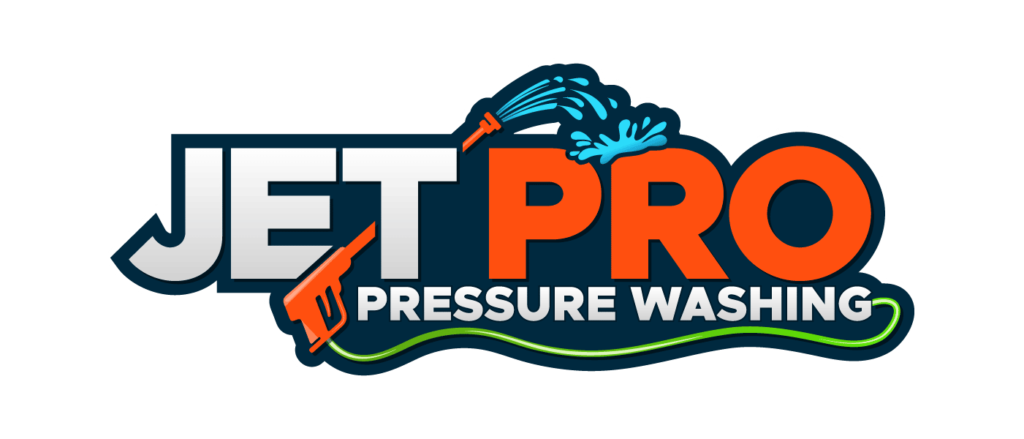When it comes to cleaning surfaces, pressure washing is a popular and effective technique. This method involves using high-pressure water to remove dirt, debris, and other contaminants from various surfaces. However, it is important to be careful when pressure washing wood surfaces, as it can strip away the protective layer if done incorrectly. To ensure a thorough cleaning without damaging the wood, it is best to consult with a professional pressure washing company. They can provide valuable insights on the right type of pressure washer and nozzle to use for each specific job, as well as offer tips on how to use the technique safely and effectively. By working with a pressure washing company based in North Carolina, you can enjoy the benefits of this powerful cleaning technique without risking damage to your wood surfaces.
When it comes to pressure washing wood, many people wonder how much of the wood’s protective layer is removed in the process. If you’re curious about this too, be sure to check out our article on how long it takes for wood to dry after pressure washing. Additionally, it’s important to understand the benefits of pressure washing your home in general. For instance, did you know that it can actually increase the value of your property? Finally, don’t forget about window cleaning – it’s another important aspect of maintaining a clean and beautiful home.
Understanding Pressure Washers
Pressure washers are a useful tool for quickly and efficiently cleaning a variety of surfaces. They are powered by an internal combustion engine or an electric motor, and a hose that pumps out water at high pressure.
Pressure washers are used to clean everything from driveways and decks to siding and roofs. They are also often used to clean cars, boats, and other vehicles. The high pressure of the water is what makes a pressure washer so effective at removing dirt and grime.
Pressure washers come in a variety of sizes and power levels, and can be used for different types of cleaning jobs. The amount of water pressure used in a pressure washer depends on the size of the job and the surface being cleaned.
For example, a larger job such as a driveway or deck requires more pressure than a smaller job such as washing a car. The pressure washer also has different nozzles that are used to adjust the pressure and spray pattern to fit the job.
When pressure washing wood, the amount of wood removed depends on the type of wood and the pressure used. Generally, softer woods can be damaged by too much pressure, so lower pressures should be used. Harder woods may be able to withstand higher pressures, but the pressure should still be adjusted to avoid damaging the wood.
Property of the Wood
The hardness of the wood is a significant factor in determining the amount of material that is abraded away when pressure washing. Just like stone, wood can be difficult to remove when using a pressure washer.
Hardwoods, such as oak, cherry, maple, and walnut, tend to be more resistant to pressure washing than softer woods, such as pine and cedar. The amount of pressure used and the type of nozzle can also influence how much wood is removed.
When using a pressure washer, one should always exercise caution and avoid applying too much pressure, as this can cause the wood to warp or splinter. It is also important to use the correct nozzle type for the job.
A fan-style nozzle is typically best for cleaning wood, while a turbo nozzle is more suitable for heavier-duty cleaning jobs.
In general, pressure washing can be an effective way of removing dirt, debris, and other deposits from wooden surfaces. However, it is important to consider the type of wood and the amount of pressure being used to ensure that the desired results are achieved without damaging the wood.
Pressure Settings
Changes in the pressure settings can determine how efficiently dirt and debris are removed from wooden surfaces during pressure washing. If the pressure is too low, it won’t be effective in cleaning the wood. On the other hand, if the pressure is too high, it can damage the wood by eroding it. It is important to choose the right pressure setting for the type of wood being cleaned.
Generally, a medium pressure setting is the best choice for most types of wood. This setting will remove dirt and debris without damaging the wood. When pressure washing wooden surfaces, the pressure settings should be adjusted to prevent the wood from being damaged. If the pressure is too high, it may erode the wood and cause the layer of wood to be removed.
To avoid this, it is important to adjust the pressure setting to the appropriate level. The pressure setting should be adjusted to the lowest setting that can effectively remove the dirt and debris from the wood. The pressure setting used for pressure washing should be determined based on the type of wood.
Different types of wood require different pressure settings to prevent damage. For pressure washing wooden surfaces, it is important to use the correct pressure setting to ensure that the wood is not damaged and that the amount of wood removed is minimized.
Nozzle Type
Choosing the correct nozzle type for pressure washing wooden surfaces is an important factor in ensuring efficient dirt and debris removal without causing damage.
A wide angle nozzle is typically used for wooden surfaces, as it has a fan-like pattern that provides a wider and gentler spray. The wide angle nozzle is designed to reduce the amount of material removed from the wood, as it covers more area with less water pressure.
A narrower nozzle can be used on more stubborn stains, but it should be used with caution as the higher pressure can strip away the wood’s protective layer. The narrow nozzle should be moved across the wood very slowly to avoid causing damage.
The distance between the nozzle and the wood surface should also be taken into consideration. The closer the nozzle is to the surface, the more powerful the water pressure will be, but it can also cause more damage. A distance of 12-24 inches is usually sufficient for most wood surfaces. This distance provides enough power to remove dirt and debris, while avoiding damage to the wood.
It is important to adjust the pressure settings of the pressure washer when using different nozzle types. A lower pressure setting should be used for softer woods, and a higher pressure setting should be used for harder woods. This will help to ensure that the correct amount of material is removed without causing damage.
Cleaning Solutions
It is recommended to use cleaning solutions when pressure washing wooden surfaces, as they can help to reduce cleaning time by up to 60%. Such solutions can typically be purchased in various forms, such as liquid, powder, or paste. The type of solution used will depend on the type of wood, as some are more susceptible to damage from harsh chemicals than others. Additionally, it is important to read the instructions of the product carefully before use, as it can provide important information on the correct dilution rate and application method.
When cleaning wood with a pressure washer, it is important to ensure that the nozzle is set to a wide-angle spray, as this will help to ensure that the cleaning solution is evenly spread across the surface. Additionally, the pressure should be set to a lower setting, as this will help to minimize the amount of wood removed during the cleaning process. In some cases, a soft-bristle brush may also be used to gently scrub the surface of the wood.
It is also important to ensure that a steady stream of water is used to rinse the surface of the wood after the cleaning solution is applied. This will help to remove any residue from the solution and will help to reduce the risk of damage to the wood. Additionally, it is important to allow the wood to dry completely before applying any additional sealers or coatings.
Frequently Asked Questions
What is the safest way to pressure wash wood?
Pressure washing is a reliable and efficient way to clean wood surfaces without causing damage. It is important to assess the surface beforehand, as the amount of pressure used should be tailored to the specific material.
It is recommended to start with the least pressure setting and to use a wide-angle nozzle to avoid damaging the surface. Additionally, it is important to use a fan-shaped spray pattern and to keep the nozzle at least 12 inches away from the surface.
A mild detergent may also be used to help loosen dirt and debris. Pressure washing is an effective way to clean wood surfaces when done correctly and with the appropriate safety measures.
What is the best type of pressure washer to use for wood?
When pressure washing wood, the best type of pressure washer to use is one with adjustable pressure settings. This allows the user to customize the pressure level to meet their needs and ensure that the wood is not damaged during the process.
Low-pressure washers are ideal for lighter cleaning tasks, while high-pressure washers can be used for more intense jobs. Pressure washers with a fan-shaped nozzle are also recommended as they can provide a more even and thorough coverage.
Additionally, using a pressure washer with a detergent injection system can help to loosen dirt and debris, making cleaning more efficient.
Is pressure washing wood bad for the environment?
Pressure washing wood can have an environmental impact, as it can release contaminants such as paint, wood preservatives, and other chemicals into the environment.
Other potential issues include the release of particles from the wood into the air, as well as the possibility of damage to the surface of the wood due to the high pressure of the water.
In addition, the use of a pressure washer may reduce the life of the wood, as some of the wood’s protective layers may be removed.
Therefore, it is important to take necessary precautions when pressure washing wood to minimize environmental impacts.
How frequently should pressure washing wood be done?
The frequency of pressure washing wood depends on a number of factors such as the material of the wood, the environment it is in, and the desired results. For example, if a wooden deck is in a coastal environment, it may need to be pressure washed more often than if it was in a more temperate region.
Pressure washing can be an effective way to remove dirt, grime, and algae buildup, as well as restore the wood to its original color. It is important to know how much pressure to apply and to use the correct type of cleaning solution for the material, since too much pressure or the wrong cleaning solution can damage the wood.
Taking the time to understand the process and the materials being cleaned can help ensure that the wood is properly cared for while still achieving the desired results.
Is pressure washing wood better than sanding it?
Pressure washing wood is a popular method of removing dirt, dust, and other debris from the surface of the wood without having to sand it.
Pressure washing requires the use of a pressure washer, and the pressure and temperature of the water can be set to achieve the desired result.
Pressure washing is more effective than sanding because it can reach deep into crevices and remove dirt and grime that sanding cannot reach.
Additionally, pressure washing can remove old layers of paint and stain, allowing for a more uniform finish when applying a new coat of paint or stain.
Pressure washing is also less time consuming and less labor intensive than sanding.
Conclusion
The use of pressure washers can be a great way to clean wood surfaces. However, one must consider the property of the wood, pressure settings, nozzle type, and cleaning solutions when pressure washing.
It is important to understand that pressure washers can remove up to 0.25mm of wood per minute, depending on the pressure and type of nozzle used. This statistic emphasizes the need to think carefully about the pressure settings used and the nozzle type when cleaning wood surfaces.
Pressure washing can be a great way to clean wood surfaces, so long as one is careful to consider the property of the wood, the pressure settings, nozzle type, and cleaning solutions.





